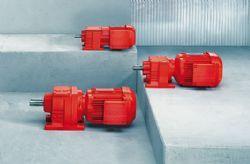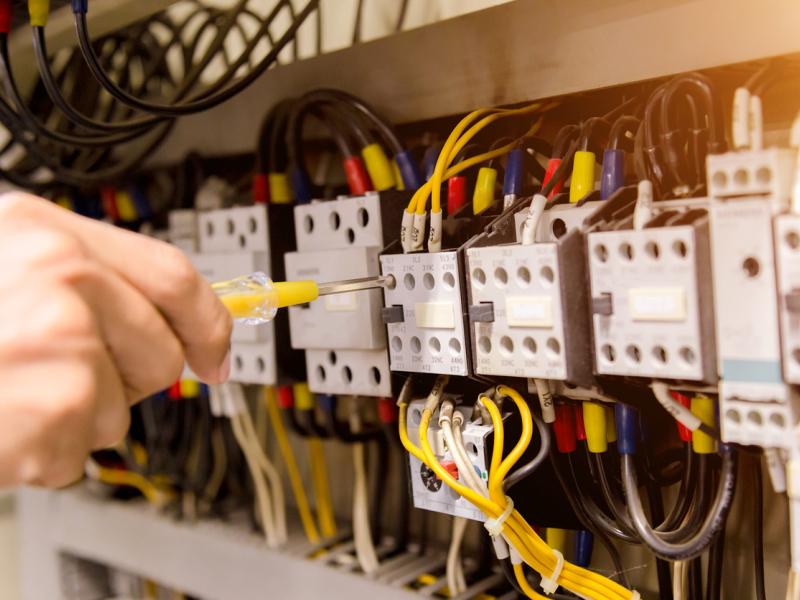Three phase motors have been subject to MEPS regulations since 2002, and the transition has not always been smooth. SEW-Eurodrive MD Peter Gabites clears up some misunderstandings and has advice for buyers. Minimum Energy Performance Standards (MEPS) for three-phase electric motors were introduced in New Zealand in July 2002. To lift motor efficiency to a new level, the MEPS and high efficiency requirements for motors were further increased in 2006 – this is commonly referred to as MEPS II. A further revision of the requirements is tipped for introduction after 2011. Now, almost six years on from the initial MEPS launch the jury is still out on the exact energy consumption savings the new motors deliver, and any cost-benefit analysis can still be a little confusing for buyers. On the plus side, the new motors are of a higher standard than their predecessors – however, installation and application problems have generated their fair share of negative publicity, and this is of concern even today. Managing director of SEW-Eurodrive Peter Gabites, believes that the impact of the new motors on industry is mainly higher purchase cost and some dimensional differences. “It is not possible to pack more copper and iron into a motor without increasing the size in most cases. Our answer is to provide a mixture of aluminium and copper rotor bars to try and keep the sizes to a minimum. What the savings are for energy consumption has yet to be advised,” he says. The biggest problem Gabites sees is that industry on a whole still does not understand the reasons for the change in regulations or that there are long term savings through reduced energy consumption. “Even EECA cannot explain how long it will take for a monetary savings to be apparent, if indeed, there will be, especially when you consider the on-going cost increases for electricity over the coming years. It is not like the incandescent/eco light bulbs scenario where a whole house can be converted at a relatively low cost. Industry is not going to change out all of its motors because of the high cost to do so, also there are no financial incentives to help,” he says. “Remember, the average life expectancy of an electric motor is around 30 years.” Don’t mix old with new In regard to the successful installation of the latest high efficiency motors, Gabites says the main issue is that all the equipment should match up. “Do not try and mix new high efficiency motors with old control equipment as it may cause some problems during commissioning and operation. If a new motor is fitted, then new control equipment should also be fitted. Where a new motor is required for an old installation as a replacement, then do the above or get the old motor rewound,” he advises. Gabites acknowledges there have been problems in the general marketplace when it comes to upgrading to the new high efficiency motors. But he believes these are more than offset by the overall benefits to industry, and not forgetting the benefits to the environment. “All motors on the market that do comply to MEPS 2006 are now of a higher quality standard than some of the brands offered previously. Most users of electric motors only concern themselves if there are problems and this is why there has been some negative publicity,” says Gabites. “The main benefit is that the large motor manufacturers have had to do some motor re-development or even had to produce a whole new series of motors to meet the MEPS compliance; SEW-Eurodrive falls in to this bracket. “This means that the new MEPS compliant motors are now the latest technology, have better quality materials and are made to more stringent standards. This, I see, as a huge benefit to industry and goes some way to offsetting any increase in costs – along with possibly lower energy consumption.” Gabites says SEW’s new motors have been well received in the market place and they have not had too many installation problems with the use of older control equipment. “There is some confusion over the fact that we are unable to supply direct replacements for existing motors, but we have offset this with special pricing for the new product where the replacement is to be mounted to a SEW gear unit. Gabites is looking forward to a further move to ‘premium efficiency’ motors, somewhere around 2012. “If this is the case we will have a whole new ball game, as premium efficient motors are definitely larger and more expensive.” reader enquiries quote: D080526
Making sense of MEPS
General
Wednesday, 07 May 2008






